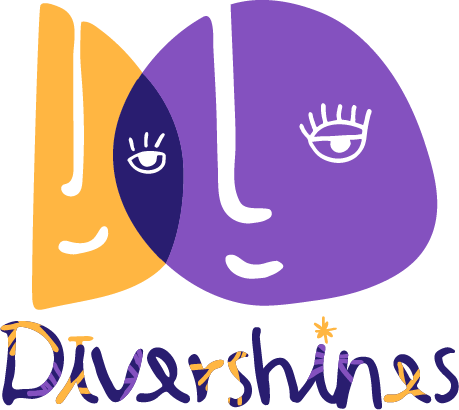Relationship Between Autism and Dyspraxia: Understanding the Conditions and Best Practices

Autism often coexists with other conditions, presenting certain challenges in daily life, such as in the case of dyspraxia. Today, we will address this topic and provide recommendations to equip people on the spectrum with dyspraxia with tools to help them develop.
The Autism Spectrum
Autism (ASD) is a neurodevelopmental condition that affects communication, social interaction, and behavior. It manifests in various ways, meaning each individual with autism is unique. People with autism may have exceptional skills in certain areas, such as memory, attention to detail, and creativity.
Characteristics of Autism
- Communication: Some people on the spectrum may struggle to understand and use verbal and non-verbal language.
- Social Interaction: Understanding social norms can be a challenge for people with autism, although this does not mean they have less interest in social interactions.
- Repetitive Behaviors: Repetitive behaviors or restricted interests may be present in people with autism.
Dyspraxia : An Associated Condition
Dyspraxia, sometimes known as motor clumsiness, is a condition that affects the planning and execution of movements. This can manifest as difficulty in carrying out daily tasks and problems with coordination, such as tying shoelaces or buttoning a shirt. Although dyspraxia is not directly related to autism, it is common for people with autism to also experience motor difficulties.
Characteristics of Dyspraxia
- Motor Difficulties: Difficulty performing fine and gross motor movements.
- Disorganization: Challenges in organizing tasks and activities.
- Coordination Problems: Difficulties coordinating movements, which can affect writing, sports, and other activities.

Relationship Between Autism and Dyspraxia
Although it does not always occur, many individuals with autism experience dyspraxia. Specialists and therapists need to be aware of the possible coexistence of these conditions to avoid misunderstandings in evaluation and support.
Common Challenges
- Communication Difficulties: Both autism and dyspraxia can affect a person’s ability to communicate effectively.
- Self-Esteem Issues: Difficulties in social interaction and motor skills can lead to problems with self-esteem and anxiety.
- Special Educational Needs: Individuals with both conditions may require accommodation in educational settings to facilitate learning.
Recommendations
- Inclusive Environments: Create spaces that promote inclusion and understanding of individual differences.
- Personalized Therapies: Implement occupational and speech therapies tailored to the specific needs of each person.
- Family Support: Provide resources and training to families so they can effectively support their loved ones.
- Sensitive Education: Train educators to understand and respond to the needs of students with autism and dyspraxia.
- Promote Social Skills: Use games and group activities to improve social skills and interaction.

Frequently asqued questions
No, autism is considered a neurodevelopmental condition, and it is important to view it as a variation in human development.
Yes, it is common for people with autism to also have dyspraxia, which can complicate their development and skills.
People with autism and dyspraxia benefit from inclusive environments, personalized therapies, and family support.
Using clear language, being patient, and employing visual aids can facilitate communication.
There are numerous online resources and organizations dedicated to supporting people with autism and dyspraxia, such as the International Autism Association and the Dyspraxia Association.
REFERENCES
- McIntosh, D. N., & Smith, S. (2003). Understanding Dyspraxia: A Practical Guide for Parents and Teachers.
- Dyspraxia Foundation. (2021). What is Dyspraxia?


